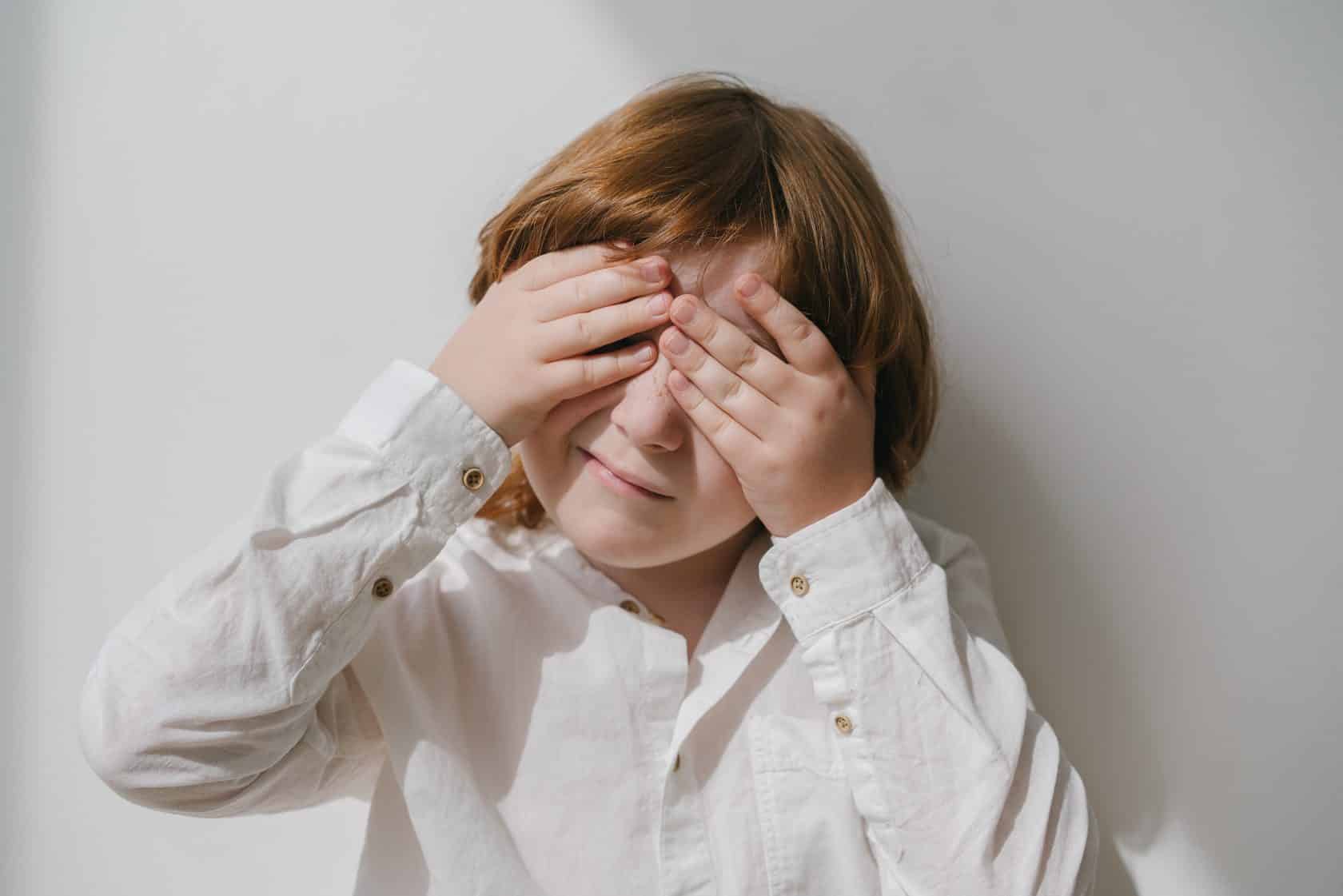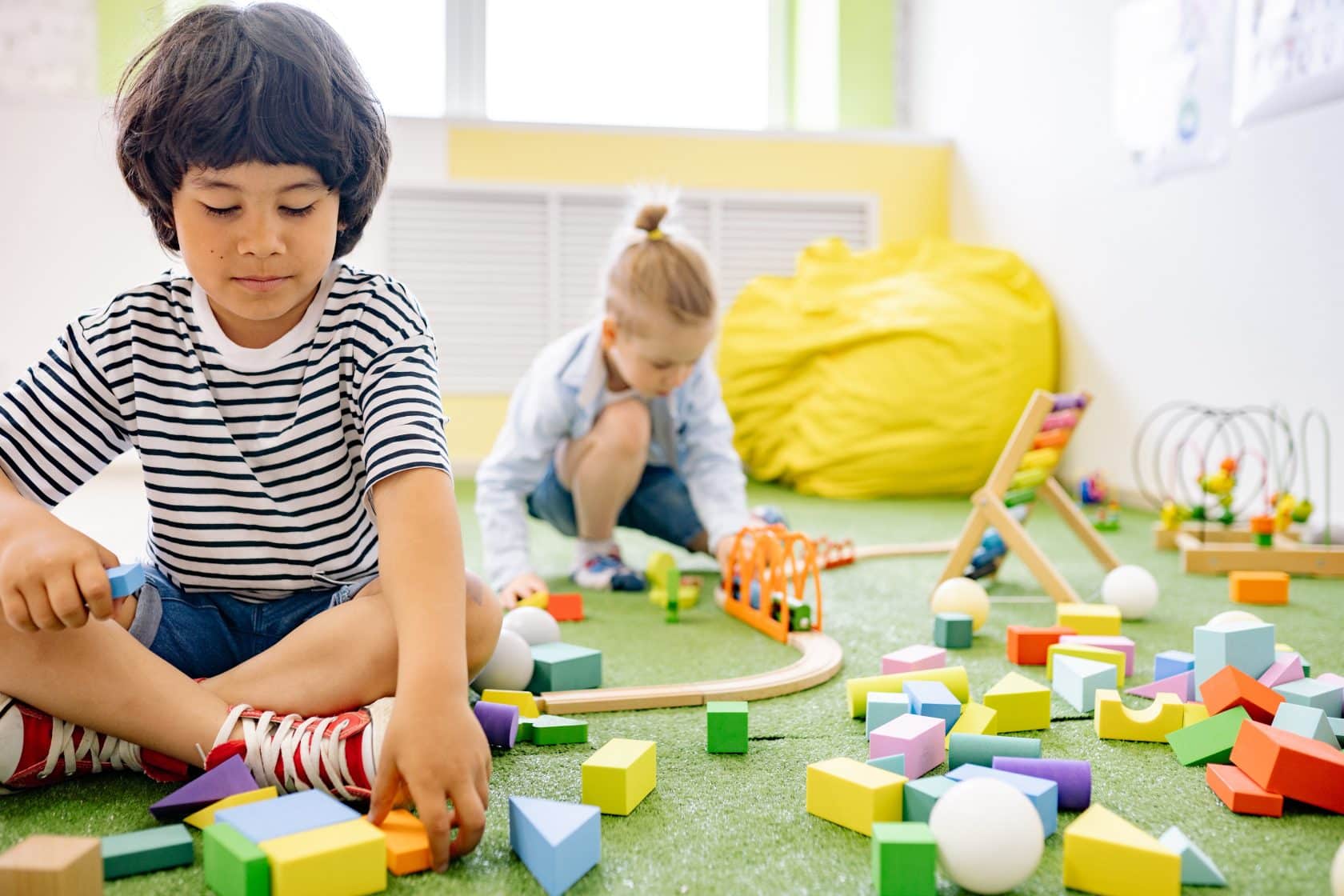Synesthesia manifests in various unique ways, resulting in a blending of senses. Here’s a quick overview of the symptoms:
- Cross-Sensory Associations: Synesthetes experience sensory crossovers, such as seeing colors in response to sounds or perceiving tastes when touching objects.
- Consistency: These associations remain stable over time and are consistent for each synesthete.
- Vivid Perceptions: The sensory experiences in synesthesia are vivid, often described as involuntary and automatic.
- Personalized Associations: Each synesthete has their own set of associations, creating a highly individualized experience.
- Diverse Combinations: Synesthesia can involve various sensory combinations, including vision, hearing, taste, touch, and even smell.
Understanding these symptoms can enhance our appreciation for the rich diversity of human perception. Goally’s tablet and apps help kids with synesthesia through tailored skill-building activities like digital visual schedules, gamified learning, and social skills training in an interactive and accommodating environment.
This post was originally published on Feb. 17, 2023. It was updated on July 20, 2023.










